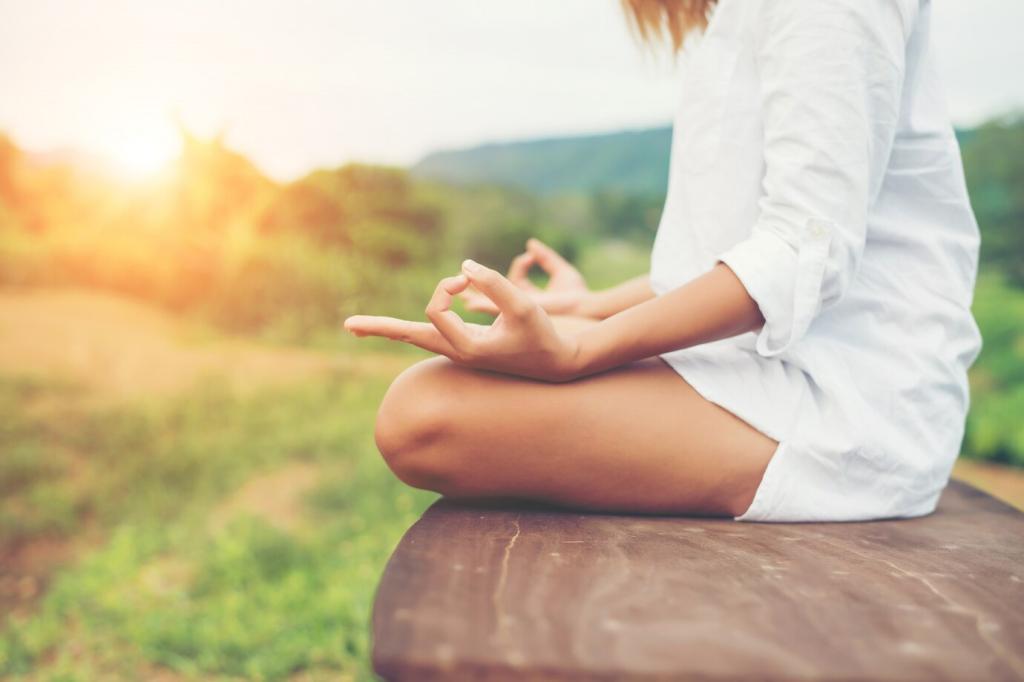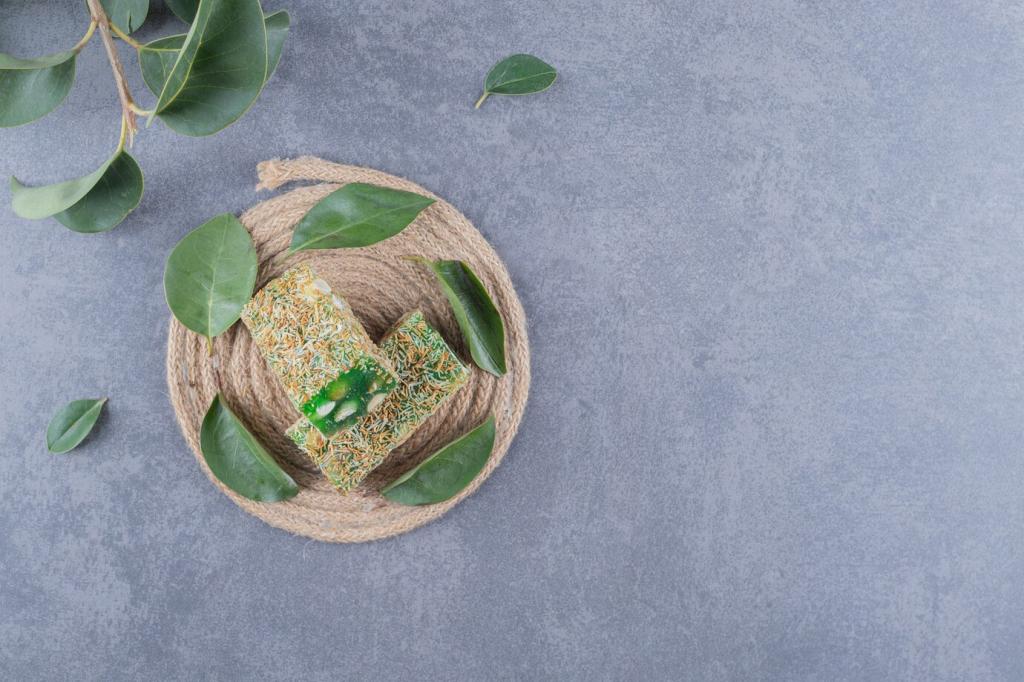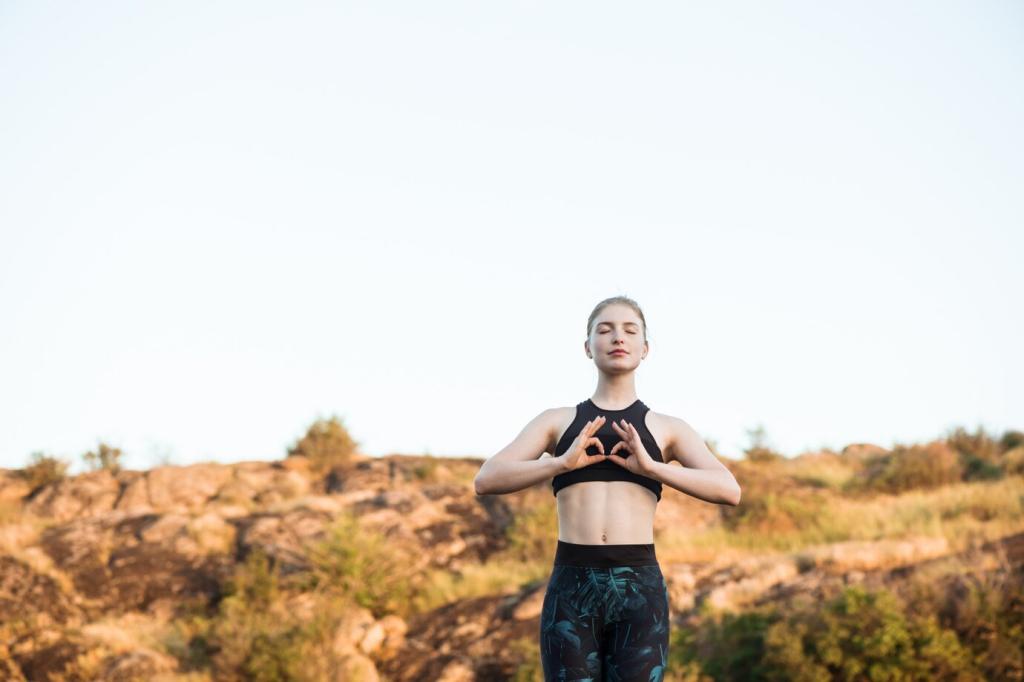Community, Reflection, and Next Steps
After each mini-practice, note the pose, duration, and one feeling word. Over time, patterns emerge—your personal map to calmer days. Share a page highlight with our community to inspire someone else’s mental health journey.
Community, Reflection, and Next Steps
Post a photo of your restorative setup—pillows, blankets, soft light. Seeing real, imperfect spaces encourages beginners. Describe how the atmosphere supports your breath, and ask others for ideas to refine your sanctuary of steady, reassuring ease.







